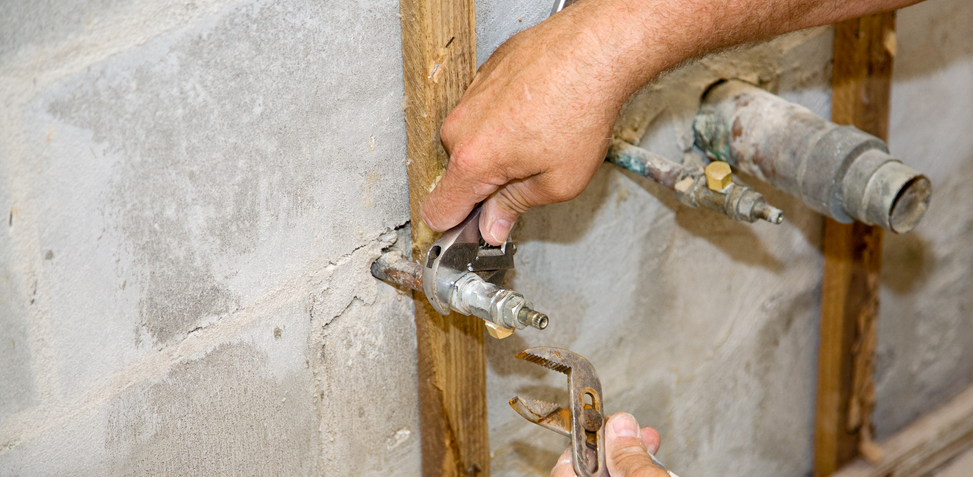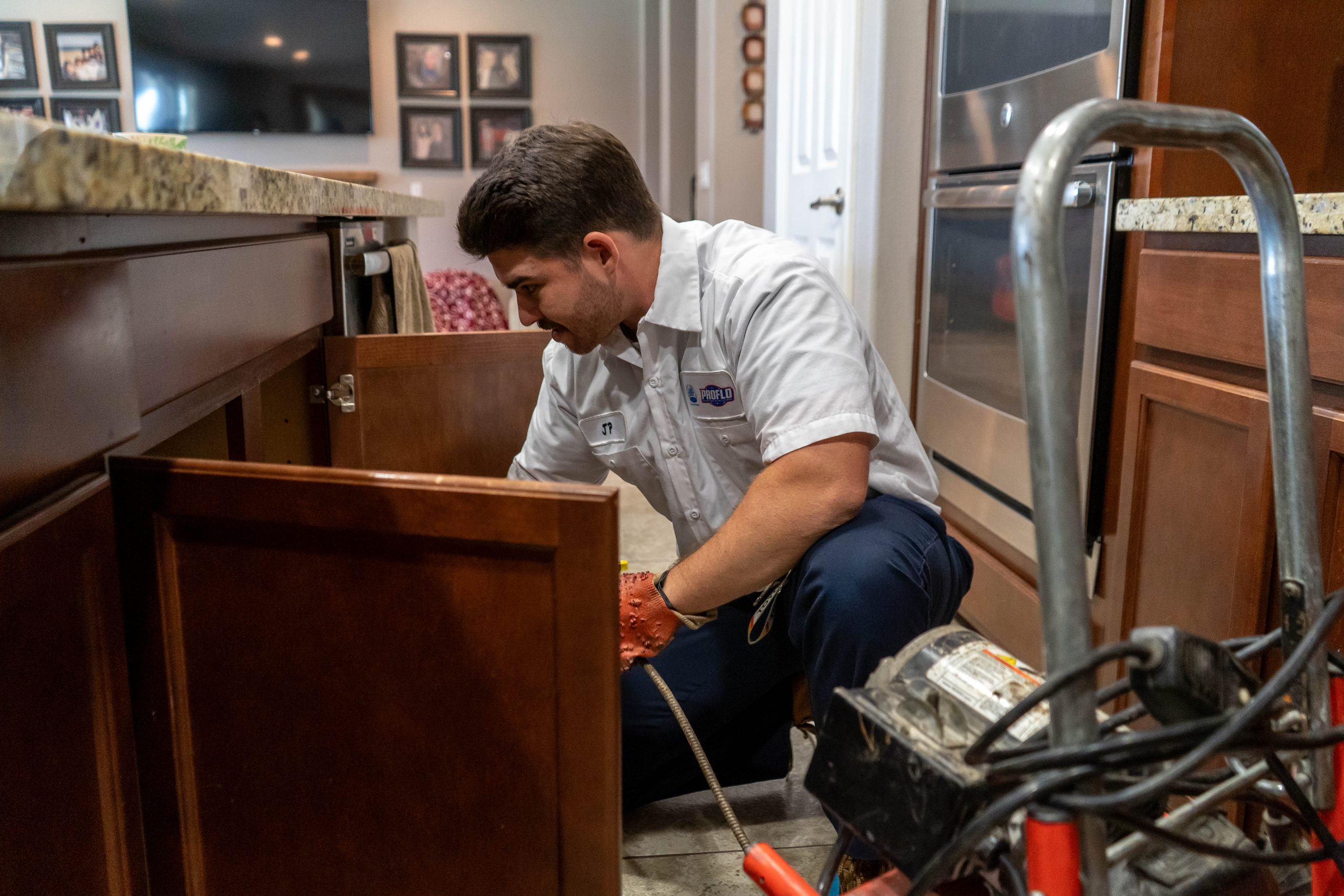Practical Guidance for Handling Plumbing Issues in Older Homes
Practical Guidance for Handling Plumbing Issues in Older Homes
Blog Article
The content listed below relating to Common Plumbing Challenges In Old Buildings is immensely insightful. You should look it over.

Older homes often feature charm, personality, and background, yet they can likewise bring a host of plumbing problems. Whether you're handling aging pipes, low water stress, or leaks, understanding how to attend to these common problems is critical to maintaining a secure and functional home. In this overview, we'll discover the common plumbing obstacles faced by older homes and supply practical options to maintain your plumbing in leading form.
Understanding Typical Pipes Issues
Aging Pipes
Among one of the most usual issues in older homes is maturing pipes. Relying on the era in which your home was constructed, the pipelines might be made from materials that have actually deteriorated gradually, such as galvanized steel, cast iron, or perhaps lead. These materials can rust, end up being breakable, or create leaks, resulting in water damages and possible health hazards.
Water Quality Testing
Older pipes can impact the quality of your water. Conduct a water quality examination to look for contaminants such as lead, corrosion, or various other impurities that may be presented by maturing pipelines.
Solutions for Common Pipes Issues
Replacing Aging Pipelines
If your home has old, weakening pipelines, consider changing them with modern materials like copper or PEX. This can be a considerable financial investment, but it will avoid future concerns and improve the safety and dependability of your pipes system.
Dealing With Low Tide Stress
To fix low water stress, begin by cleaning or replacing old fixtures and eliminating mineral accumulation in the pipes. If the issue continues, it might be essential to change sections of corroded pipelines.
Fixing and Changing Leaking Pipelines
For little leakages, you can use pipe clamps or epoxy putty as a temporary solution. However, it's best to change leaking pipelines entirely to stay clear of more damage.
Upgrading Components
Updating old fixtures to modern, water-efficient models can boost your home's pipes efficiency and reduce water consumption. Search for components with the WaterSense tag for the best efficiency.
Taking Care Of Pipe Rust
If your pipelines are rusted, changing them with corrosion-resistant materials like copper, PVC, or PEX is the best service. Routine evaluations and water high quality upkeep can assist stop even more corrosion.
Low Tide Pressure
If you're experiencing low water stress, it could be due to mineral deposits, corrosion inside the pipelines, or old components that are no longer operating effectively. This can be a major inconvenience, particularly in areas like showers and sinks.
Dripping Pipes
Leakages are one more frequent concern in older homes, commonly brought on by corroded or damaged pipelines. Even little leaks can bring about significant water damages, mold development, and enhanced water costs if not resolved immediately.
Obsolete Fixtures
Obsolete plumbing components such as faucets, bathrooms, and showerheads not only look old however might also be much less efficient, susceptible to leaks, or incompatible with modern-day pipes criteria.
Pipe Deterioration
Rust is an usual issue in older pipelines, especially those made from galvanized steel or cast iron. Corroded pipelines can limit water flow, create discoloration, and ultimately bring about leaks or pipeline bursts.
Examining the Condition of Your Pipes
Evaluating Noticeable Pipes
Begin by evaluating any type of noticeable pipes in your home, such as those in basements, crawl spaces, or under sinks. Try to find indicators of rust, leakages, or corrosion, which can indicate underlying concerns.
Looking for Leakages
Look for leaks by examining locations around faucets, bathrooms, and under sinks. You can additionally check your water meter prior to and after a duration of no water utilize to find surprise leakages.
When to Call an Expert
While some pipes issues can be managed with do it yourself solutions, there are times when it's best to contact a specialist. If you're handling major leakages, considerable deterioration, or are unsure about the condition of your pipes, a qualified plumbing can offer skilled analysis and fixing.
Preventive Upkeep Tips
Normal Inspections
On a regular basis evaluate your pipes system for indicators of damage. Capturing concerns early can protect against costly repairs down the line.
Water Pressure Regulation
Ensure your water pressure is within the recommended range to stay clear of stressing your pipes and fixtures. A plumbing can install a pressure regulator if required.
Water Top Quality Upkeep
Mount water filters or conditioners if your water high quality is poor. This can secure your pipes and fixtures from damage brought on by hard water or impurities.
Aggressive Pipeline Replacement
If your home has very old pipelines, take into consideration aggressive substitute prior to significant issues arise. This can conserve you from emergency situation repair services and water damage.
Conclusion
Managing plumbing concerns in older homes requires a mix of watchfulness, preventive upkeep, and prompt upgrades. By comprehending the common difficulties and understanding when to seek expert assistance, you can ensure your plumbing system continues to be practical and reputable for years to find.
Common Plumbing Issues in Older Homes and How to Fix Them
Owning an older home in Australia comes with its unique charm and a set of challenges, especially when it comes to plumbing. The Sunshine Coast has many older properties that can harbour plumbing problems that aren t just inconvenient but potentially costly. Here s a look at some common plumbing issues in older homes and expert advice on how to handle them.
Outdated Piping Materials
Many older homes were built with galvanised steel, cast iron, or even lead pipes, materials that are far from ideal by today s standards. Galvanised pipes are prone to corrosion and clogging, while lead pipes pose serious health risks.
How to Fix:
Replacing old pipes is a job for a professional. Upgrading to copper or PVC piping not only enhances water quality and flow but also increases the property s safety and value. If you suspect your home has outdated materials, a licensed plumber can conduct a thorough inspection and recommend the best course of action.
Corrosion and Pipe Degradation
Over time, exposure to water and minerals can cause pipes to corrode, leading to leaks, bursts, and water contamination. Corrosion is especially common in homes over 50 years old.
How to Fix:
Regular inspections can catch early signs of corrosion. If corrosion is found, the affected section of piping often needs to be replaced. For homes with extensive corrosion, a complete plumbing overhaul might be necessary. It s crucial to consult with a plumbing expert to understand the extent of the issue.
Tree Root Intrusion
Older neighbourhoods usually have mature trees whose roots can intrude into pipe lines, causing blockages or damage. This is particularly problematic for sewer lines, where roots seek out water sources.
How to Fix:
A plumber can use a specialised camera to inspect sewer lines for root intrusion. If roots are a problem, methods like root cutting or hydro-jetting can clear the obstruction. In severe cases, part of the pipe may need replacing. Consider root barriers around the piping to prevent future issues.
Inadequate Water Pressure
Low water pressure in older homes can be due to various factors, including corroded water lines, sediment build-up in pipes, or outdated fixtures.
How to Fix:
First, check if the low pressure is isolated to one area or throughout the house. Replacing old fixtures can sometimes resolve the issue. However, if the problem is more widespread, it might be due to sediment or corrosion. Flushing the system or replacing the affected pipes usually restores normal pressure. Again, a professional assessment is advisable.
Outdated Fixtures
Older homes often feature fixtures that are not only visually dated but functionally inefficient. This includes everything from toilets and taps to showerheads and washing machine hoses.
How to Fix:
Updating these fixtures can improve both water efficiency and the aesthetic appeal of your home. Modern fixtures are designed to conserve water, which can significantly reduce your water bill and lessen your environmental impact.
Conclusion
Maintaining the plumbing in an older home requires a proactive approach. Regular checks and updates are key to preserving these beautiful properties. If you re facing plumbing issues in your older home, it s best to call on experienced professionals like Green & Gold Plumbing & Gas. With the right expertise, even the most daunting plumbing problems can be resolved, ensuring that your home s character is maintained while its functionality is enhanced.
https://gandgplumbing.com.au/common-plumbing-issues-in-older-homes-and-how-to-fix-them/

I was shown that article on Common Plumbing Challenges In Old Buildings through a friend on our other domain. Are you aware of anybody else who is excited about Common Plumbing Problems in Older Homes? Why not share it. Thank you for your time spent reading it.
Request A Quote Report this page